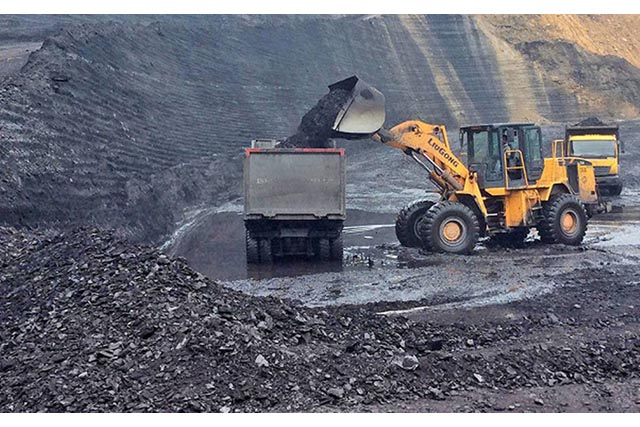The ministry should have set a goal of reducing the enormous burden and should have held the coal under exposed seams. As and when necessary, the coal could be extracted from the seams.
Coal India's (CIL's) goal of producing 710 million tons (MT) in FY21 seems impractical to a section of stakeholders in view of the low demand that the mining behemoth is reeling at the present time. CIL ended FY 20 producing 602 MT—58 MT short of the target — and still holds 125.5-75.5 MT in pit heads and 50 MT in power plants. This means that it has 30 days of coal in the power plants. As a result , the development of 710 MT in FY21 will eventually result in more pilgrimages, a degradation in efficiency , increased environmental pollution and the formation of more stocks with high chances of catching fire.
While Union coal minister Prahlad Joshi has said that the demand for power will rise as soon as the country enters the lockdown process and Union trade and rail minister Piyush Goyal predicts an opportunity for India to transform into a manufacturing hub, CIL sources have argued that there will be a waiting period before this happens and that production can only pick up then.
Even the pre-Covid situation was not healthy in the power sector as demand was low. The average plant load factor (PLF) for power plants was only 60% and, in the Covid scenario, even the peak demand remained at an average of 117 GW. In addition, there is not much additional thermal capacity due to the emphasis on the introduction of renewable energy.
The ministry should have set a goal of reducing the enormous burden and should have held the coal under exposed seams. As and when necessary, the coal could be extracted from the seams. But the Ministry's sources insisted that maintaining production levels on the lower side would mean increasing the cost per ton of production and thus decreasing output per man per move.
Coal production from open castings costs between Rs 1,500 and Rs 1,800 per tonne. Although production from underground mines cost Rs 6,000 per tonne, the company has almost shut down all underground mines to make mining profitable, extracting only 5% of its total production from underground mines.
Salaries and wages of CIL workers are the highest in the industry, accounting for nearly 50% of CIL's operating costs and therefore asking for more production would mean optimizing the value of the company's human resources.
Nevertheless, the highest incremental output achieved so far has been 44.5 MT in 2015-16, the year in which CIL ended up producing 539 MT. Any incremental output above this point from open-cast mines does not seem feasible, and CIL can at best generate 650 MT in FY 21 without considering the 125 MT stock that it contains.
In the meantime, in order to reduce operating costs, CIL has moved all of its subsidiary marketing counters from Kolkata and other regional cities to its subsidiary headquarters, which must be effective by the end of June. While CIL officials felt that there would be other measures to reduce operating costs and the government was eager to pass on the benefits to the power sector, there was even a chance that the Ministry would make a downward revision of the production target for FY21.


































